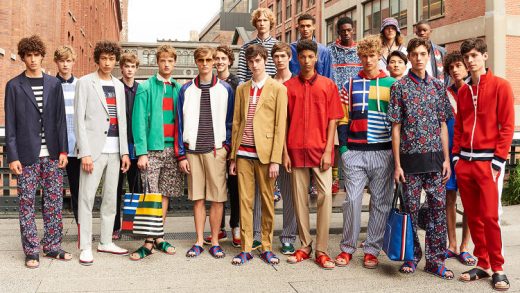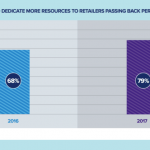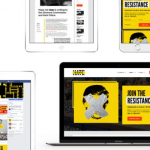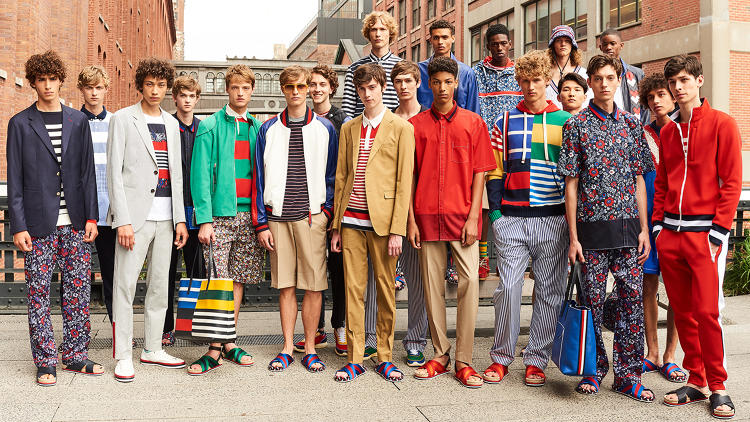How Tommy Hilfiger Is Reimagining His Brand
At New York Fashion Week this September, Tommy Hilfiger transformed the South Street Seaport into a public carnival, complete with a 40-foot Ferris wheel, arcade games, and cotton candy. Hilfiger, in collaboration with model Gigi Hadid, designed a “see now, buy now” collection that was unveiled on a runway on “Tommy Pier,” to the delight of more than 2,000 screaming fans. Their excitement reverberated on Twitter, Instagram, and Facebook. “The show garnered over 2 billion impressions on social media,” Hilfiger tells Fast Company. “The whole idea is that through social media, you really have the opportunity to keep your brand young.”

In the three decades since Tommy Hilfiger founded his eponymous label, the fashion landscape has changed beyond recognition. In the ’80s, Hilfiger telegraphed his brand of preppy American luxury through swanky stores and ads in glossy magazines. But Hilfiger, who continues to serve as the brand’s principal designer, says that the strategies that once launched the brand into stratospheric success need to be reimagined for the digital age. He’s been thinking carefully about how a fashion house can evolve and speak to a new generation of consumers without eroding its identity.
In an exclusive interview, Hilfiger explains that while he is focused on growing his brand globally and digitally, he also wants to expand cautiously and judiciously, after a period in the ’90s when the brand grew too fast. “We learned that growing quickly is not healthy for the brand,” he says.
In a recent report, I covered how premium American brands including Calvin Klein, Ralph Lauren, and Tommy Hilfiger, among others, have lost some of their cachet over the last decade. Hilfiger acknowledges that his brand has suffered from a slowdown, at least in the U.S., because the company grew so quickly that the market became oversaturated and diluted the brand. In the late ’90s, Hilfiger and his team had to work hard to change direction. “To be honest with you,” Hilfiger recalls, “it is not easy to all of a sudden put on the breaks and make a U-turn. It’s a painful pill to swallow.”
This meant becoming more disciplined in every aspect of the business and ensuring that every touchpoint with the brand—from the actual products to the retailers where they were sold—was of the highest quality. The result was a period when the balance sheet did not look very good. “We did all the right things, but it was not easy because we dropped a lot of volume at that time,” he says.
Tommy Goes Abroad
But 17 years ago, even as Hilfiger and his CEO at the time, Fred Gehring, were calibrating the brand in the U.S., they saw the expansion of the brand in new markets throughout Europe and Asia as an opportunity to build a premium fashion label. Rather than becoming widely available quickly, they focused on building brick and mortar stores in high-end locations. In Singapore, for instance, Tommy Hilfiger storefronts are close to Lacoste, Yves Saint Laurent, and Ted Baker. “We positioned the brand shoulder-to-shoulder with the best premium and luxury brands in the world,” Hilfiger says.
Over time, however, the brand steadily built a strong presence around the world, with 1,500 stores globally, nearly 500 of which are in Europe. This strategy appears to have worked, since strong international sales have accounted for the brand’s 4% overall year-over-year growth, even as North American revenues have decreased by 5%.
Hilfiger points out that it wasn’t enough to control the growth. He says that it was crucial to do very careful consumer research in each new market, then tailor both the products and the brand’s messaging to each place. Country managers are tasked with understanding what will resonate locally, then collaborating with executives from the headquarters to create collections that are appropriate.
Sometimes those differences have to do with things like colors. In Germany, he says, customers like heavier fabrics and darker colors than they do in Spain and Shanghai. But sometimes the brand has to design entirely different collections from those in the U.S. to suit the tastes in the local market.
This is an interesting strategy for Tommy Hilfiger, which has always been known as a classically American brand and whose logo even evokes the American flag. “Originally, when we started expanding overseas, I think the people in Europe and Asia were embracing the whole American casual lifestyle,” Hilfiger says. “But now, we’ve evolved to be more of a global brand.”
Case in point: Last year, Tommy Hilfiger launched its first Ramadan capsule collection in stores throughout Bahrain, Kuwait, Qatar, Saudi Arabia, the UAE, and Egypt. The 15-piece collection featured looks that were appropriately modest, including long dresses and boleros, made of laces, chiffons, and crepes. It was so popular that the brand followed up with another collection this year and is planning to make it an annual tradition. And given that there’s a growth fashion scene in the Muslim world, Hilfiger will have the advantage of being among the first of the Western brands to design for Muslim women. (DKNY, Oscar de la Renta, and Zara are among the others that have launched Ramadan collections.)
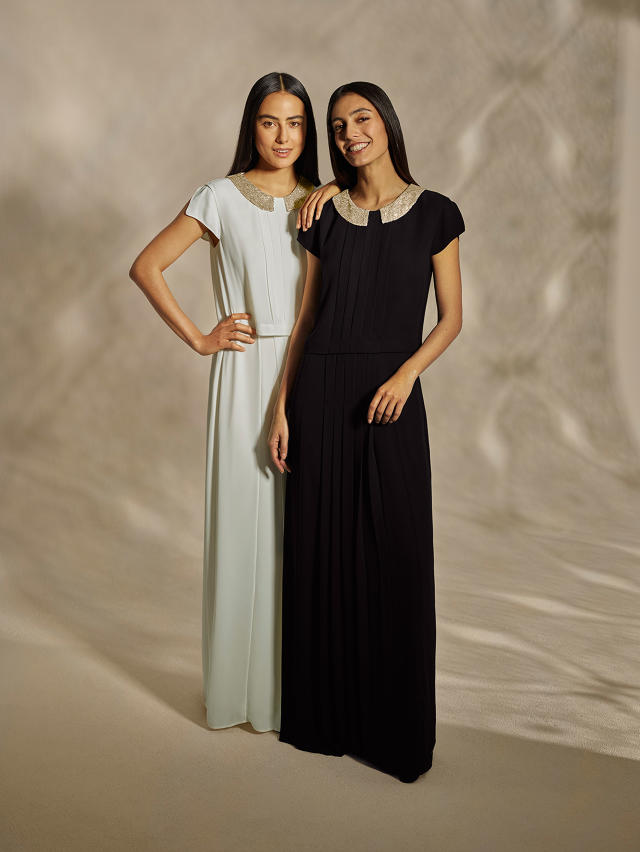
Next-Gen Tommy
While the brand is careful to adapt to the needs of customers in each market, Hilfiger says that he has noticed some trends that have transcended geographic location. Consumers around the world are drawn to the idea of “affordable luxury”—high quality products at reasonable prices. For instance, this means using the highest-grade cashmeres and wools during the winter months.
Hilfiger believes that consumers around the world are now smarter than ever when it comes to understanding the quality and value of products, since they can do online research and price comparisons. In fact, many successful American online fashion startups, such as Everlane and Warby Parker, are built on offering designer-quality products without big retail markups since they sell directly to the consumer. In overseas markets, Hilfiger believes that his brand could have a leg up in the “affordable luxury” market, since the brand has been associated with premium quality for many years. “We have an advantage over either unknown brands, or brands that might not be as quality-oriented,” he says.
Tommy Hilfiger executives are applying many of its successful strategies overseas—slow growth, narrow distribution, premium branding—back to the U.S. market, as they work on bringing the brand back to its former glory. It’s also possible that the strong premium branding overseas is beginning to influence how American customers see the brand. “It did create a halo,” Hilfiger says of the brand’s successes in Europe.
Meanwhile, we can expect more sensational events like the Tommy Pier carnival. Hilfiger says that the brand is focused on reaching the next generation of consumers through projects like that, which tend to play very well on social media where today’s young people spend their time. There will probably be more collaborations with social media stars like Gigi Hadid in the future.
In some ways, this focus on capturing the imagination of young consumers is part of the brand’s DNA. While today’s Tommy Hilfiger customers span a wide demographic—the brand has a children’s line and clothes designed for older customers who have stuck loyally to the brand for decades—it has always been associated with fresh-faced models channeling vigor and youth. Says Hilfiger, “Keeping the brand younger keeps it cool.”
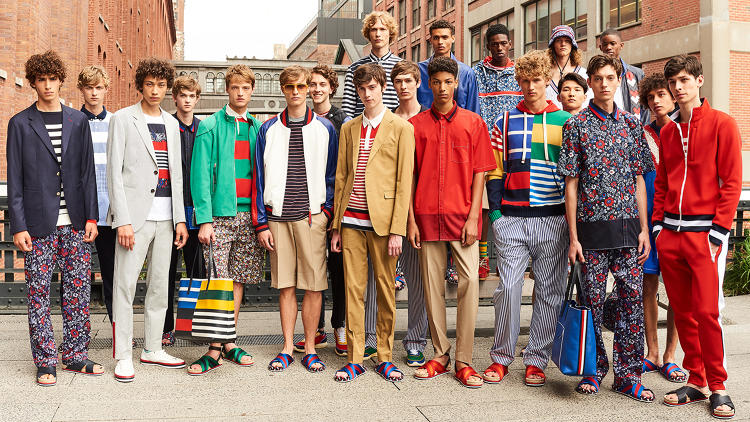
Gigi Hadid and Tommy Hilfiger
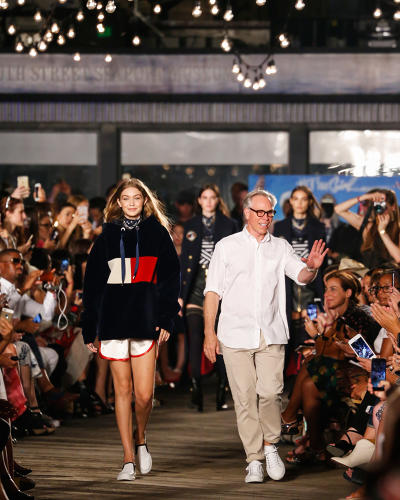
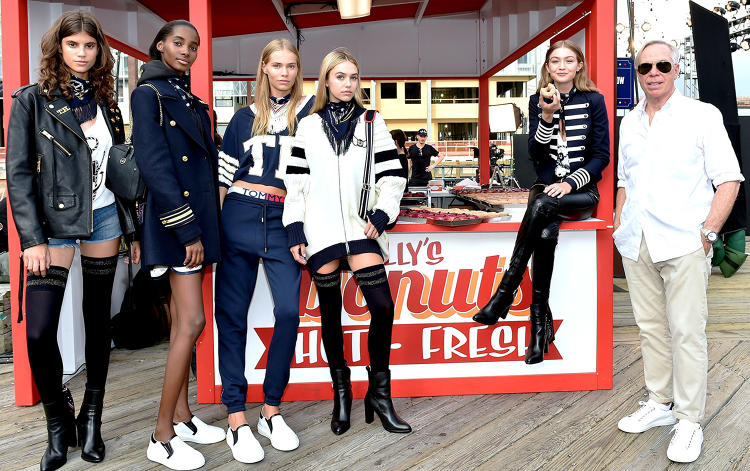
the Nikita Dress

the Nala Maxi Dress & Bolero
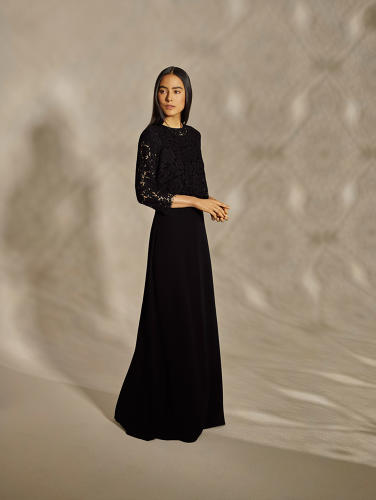
Fast Company , Read Full Story
(19)

